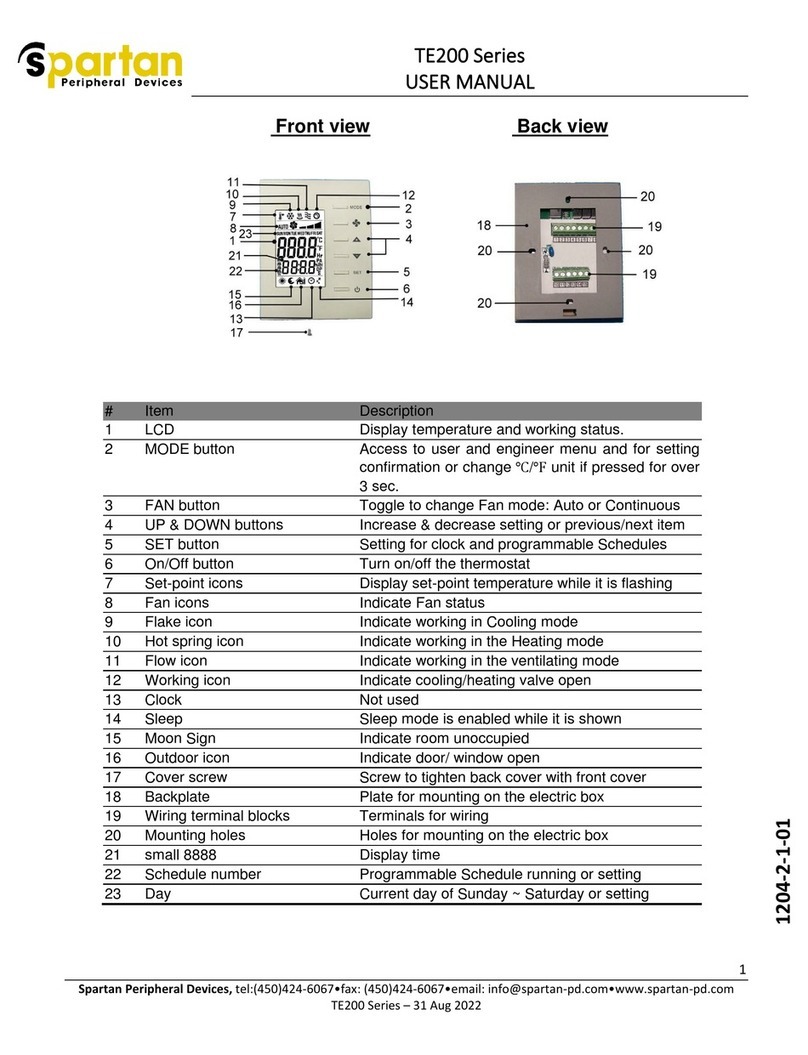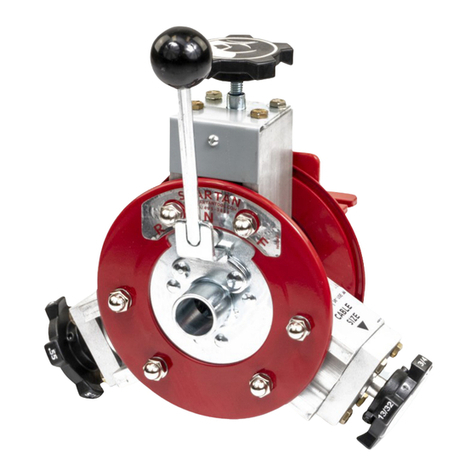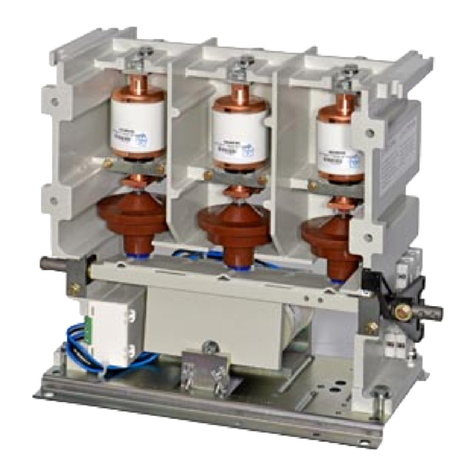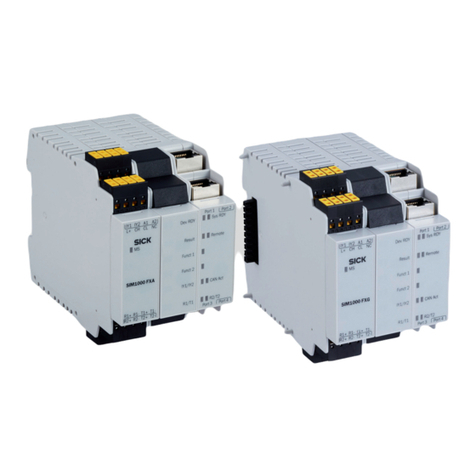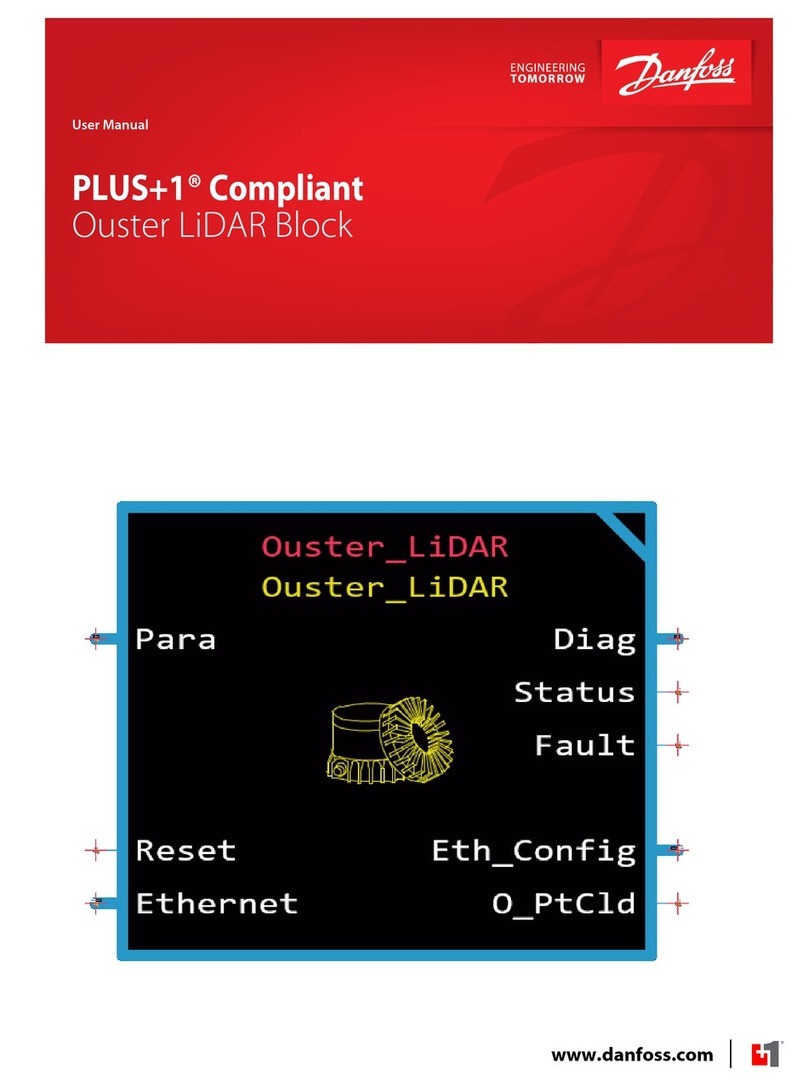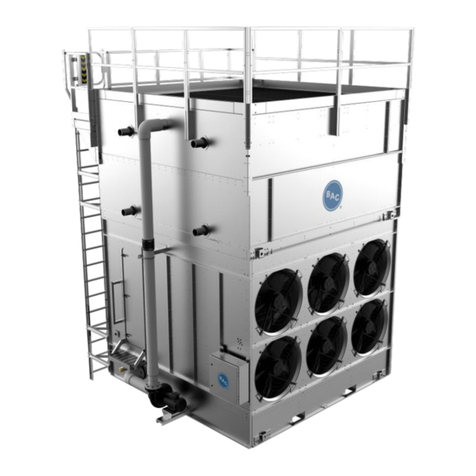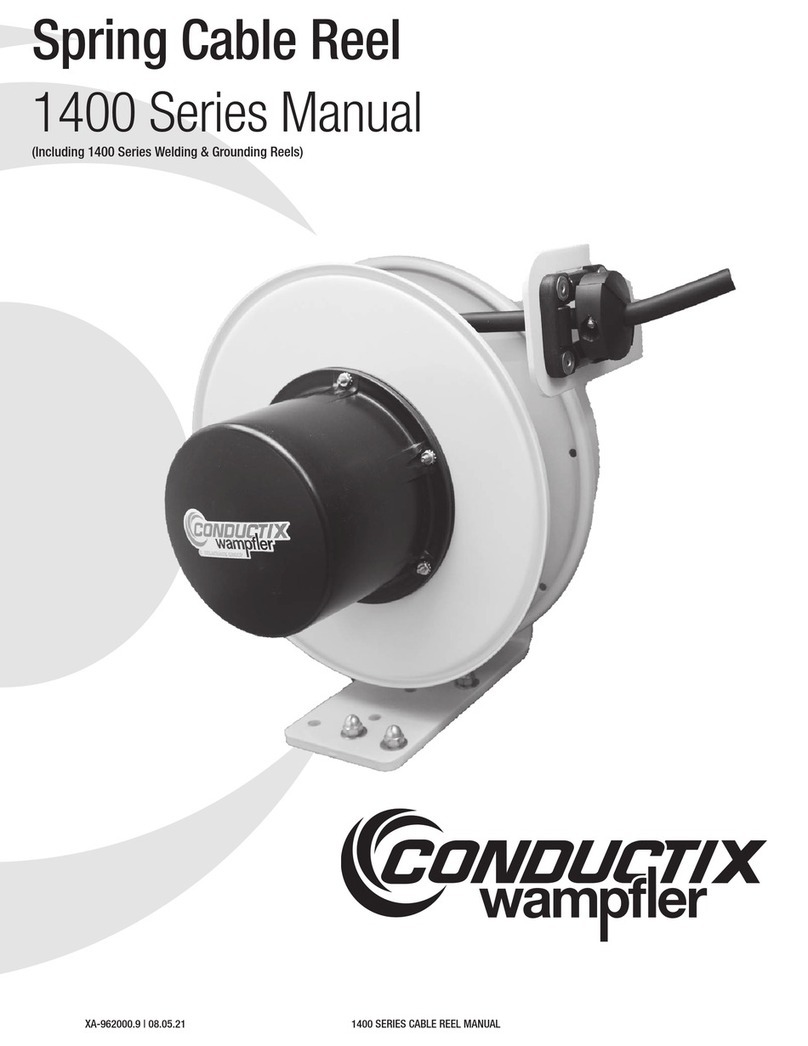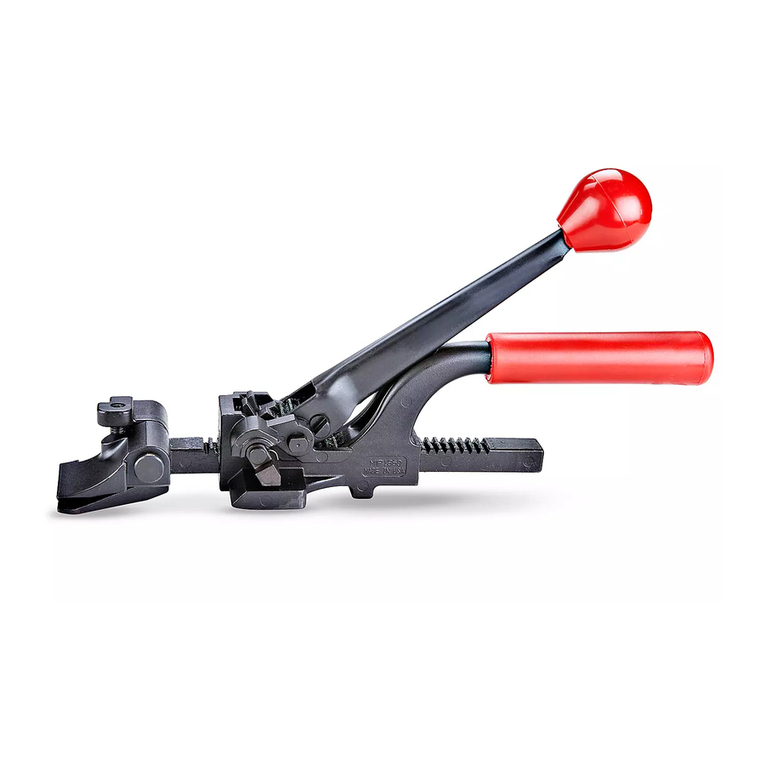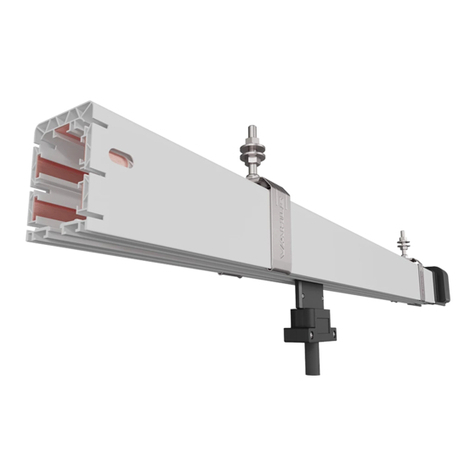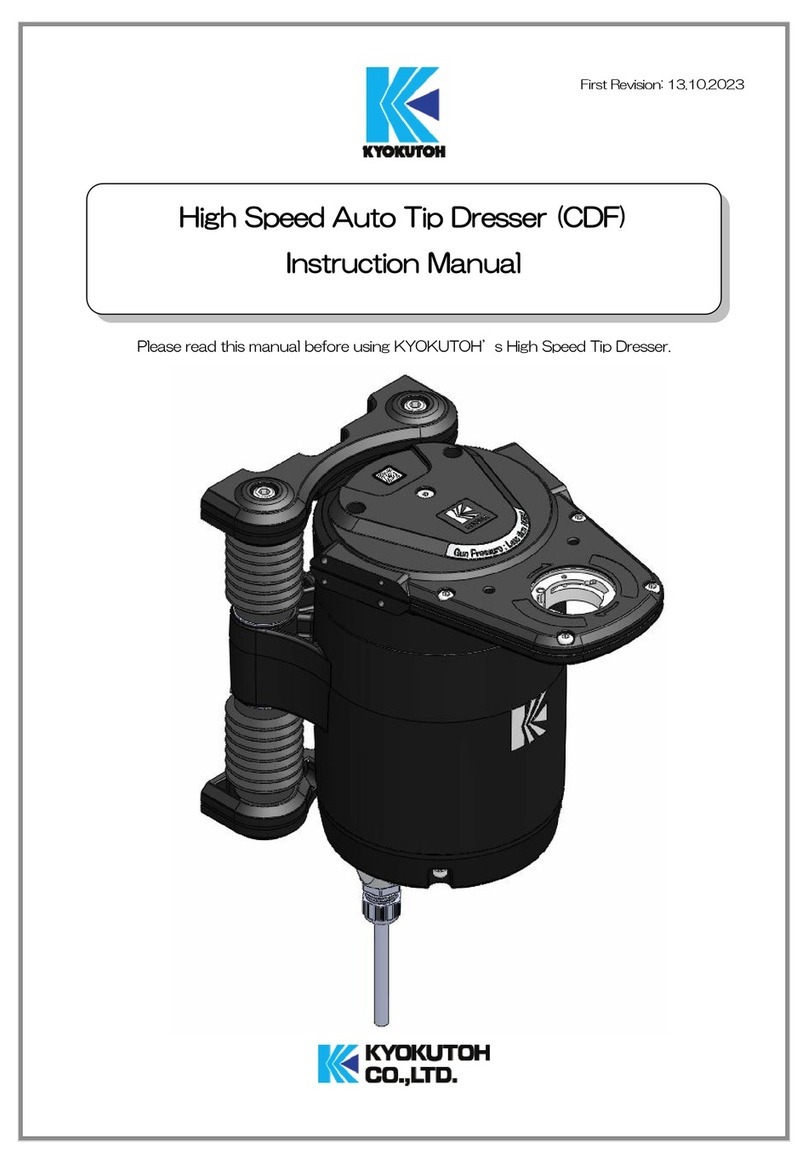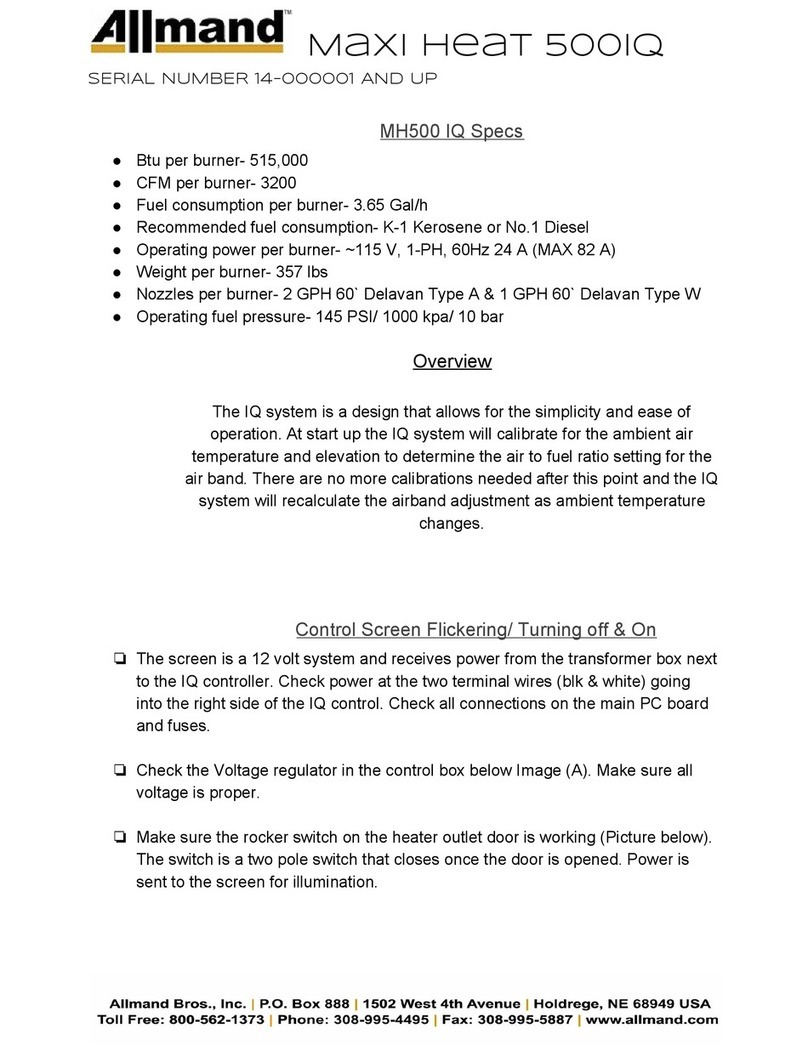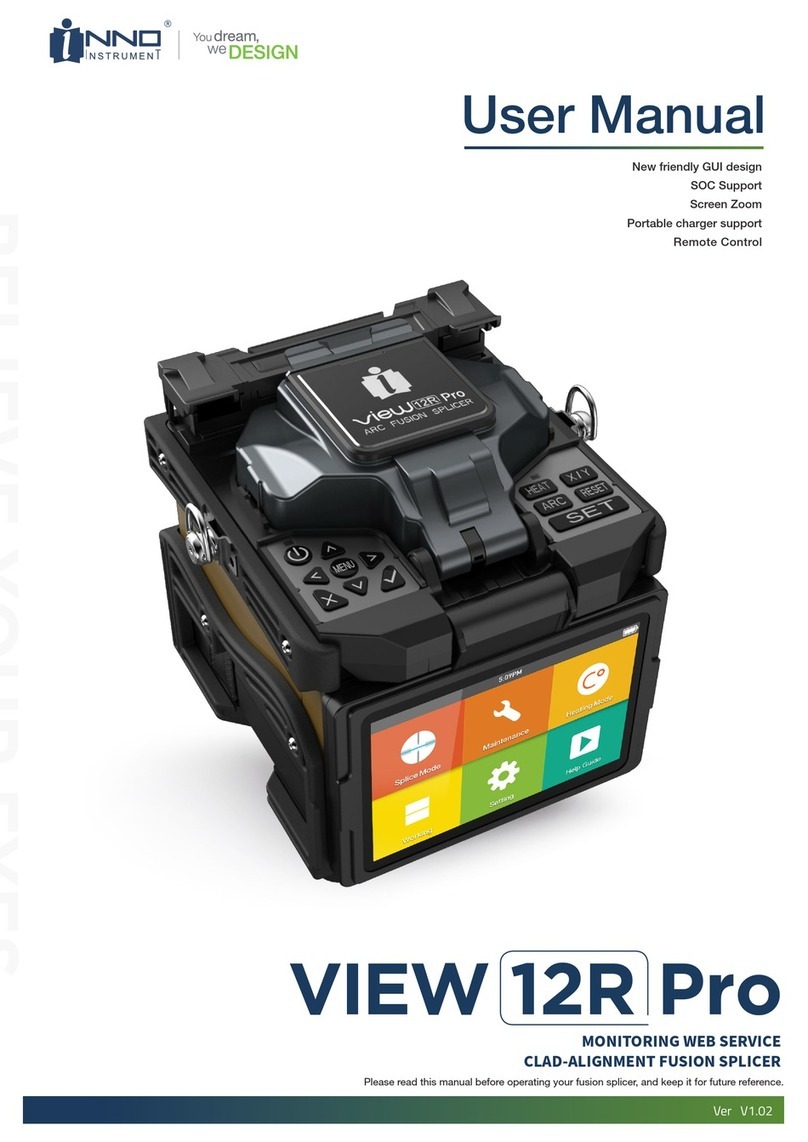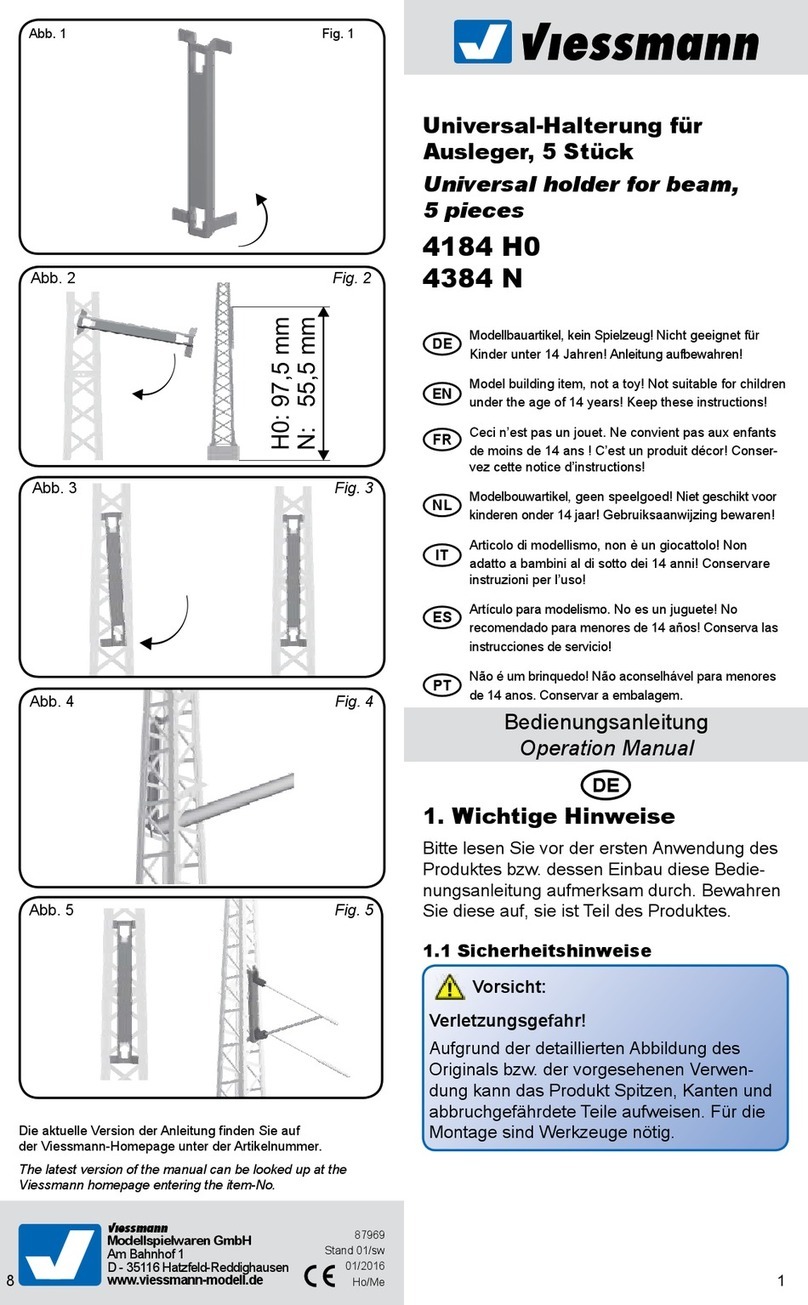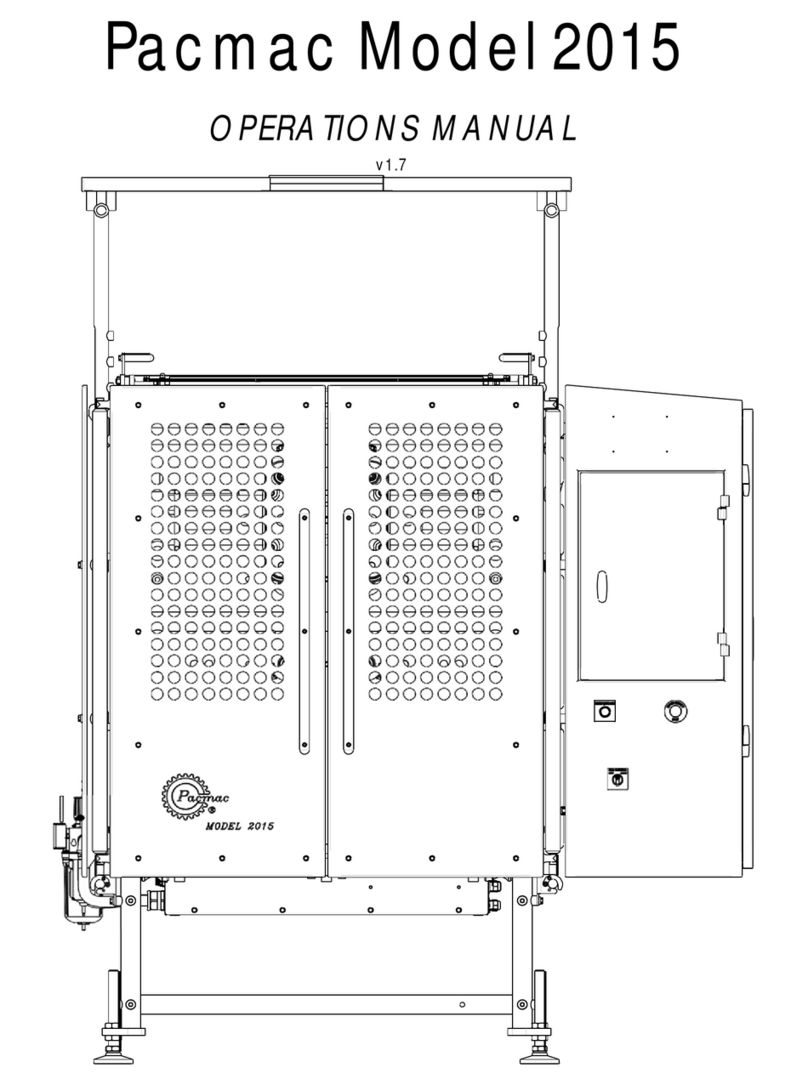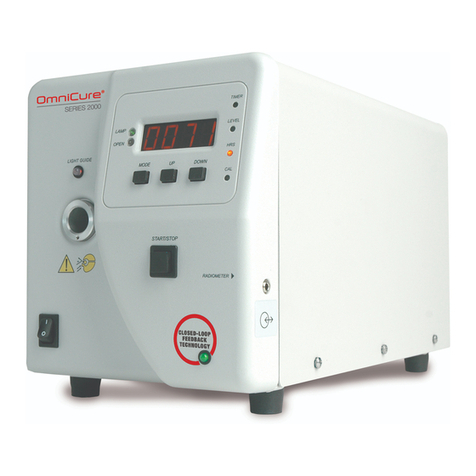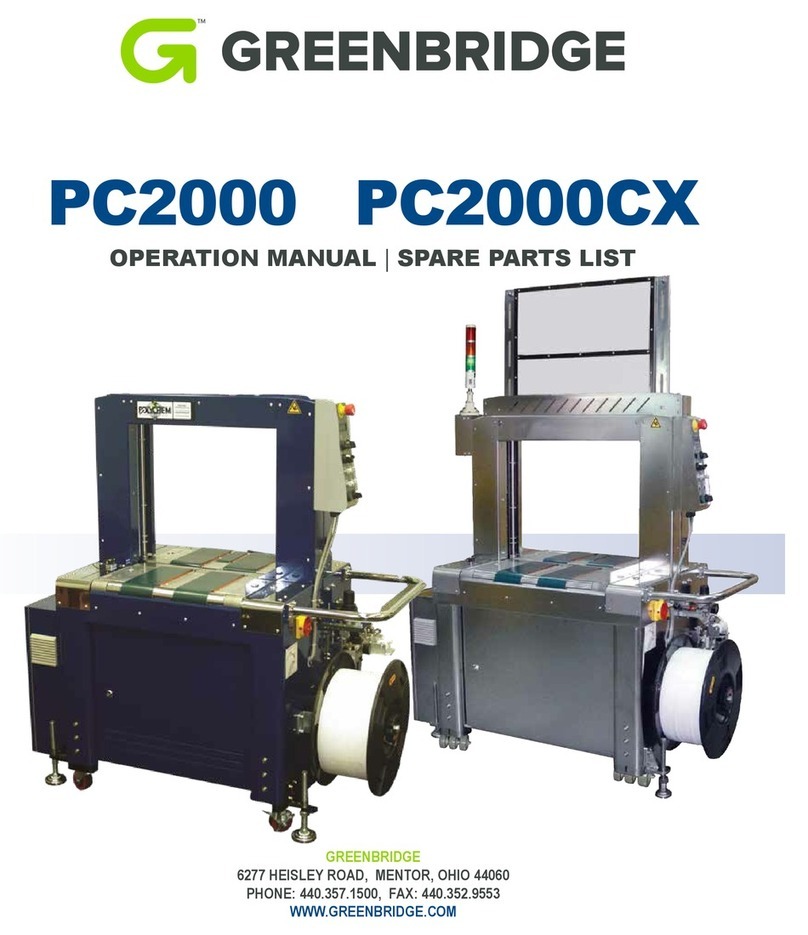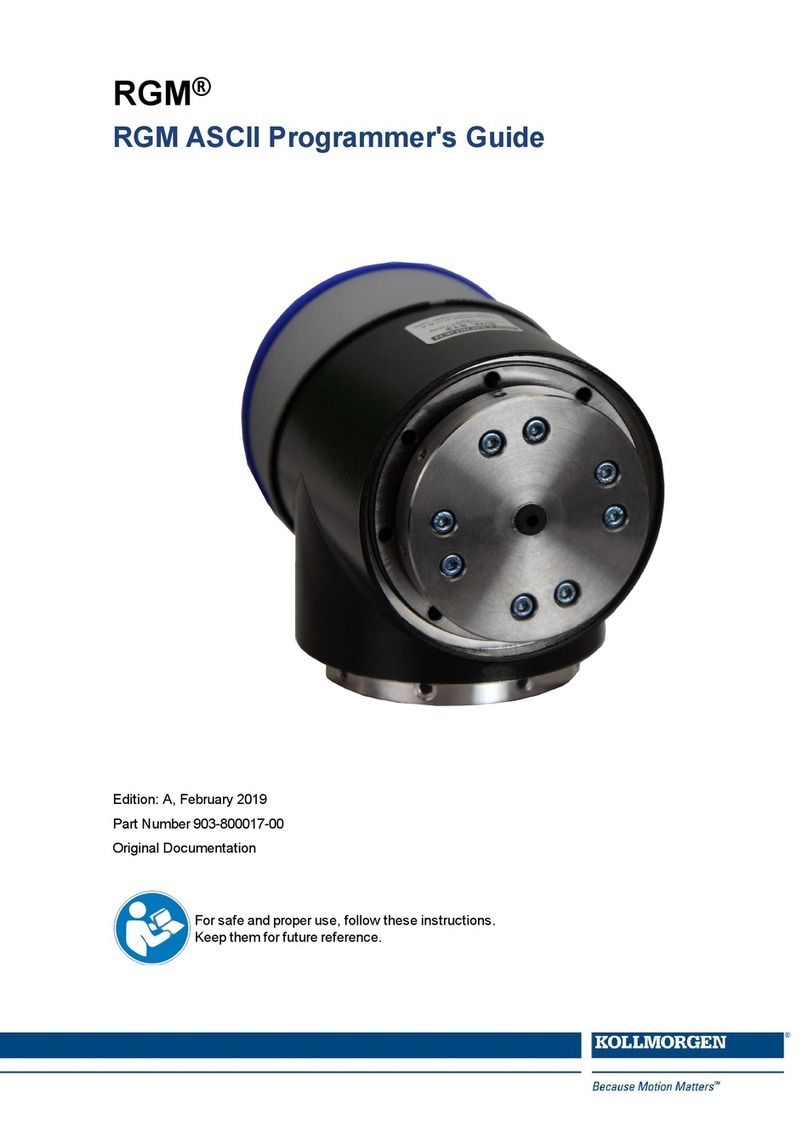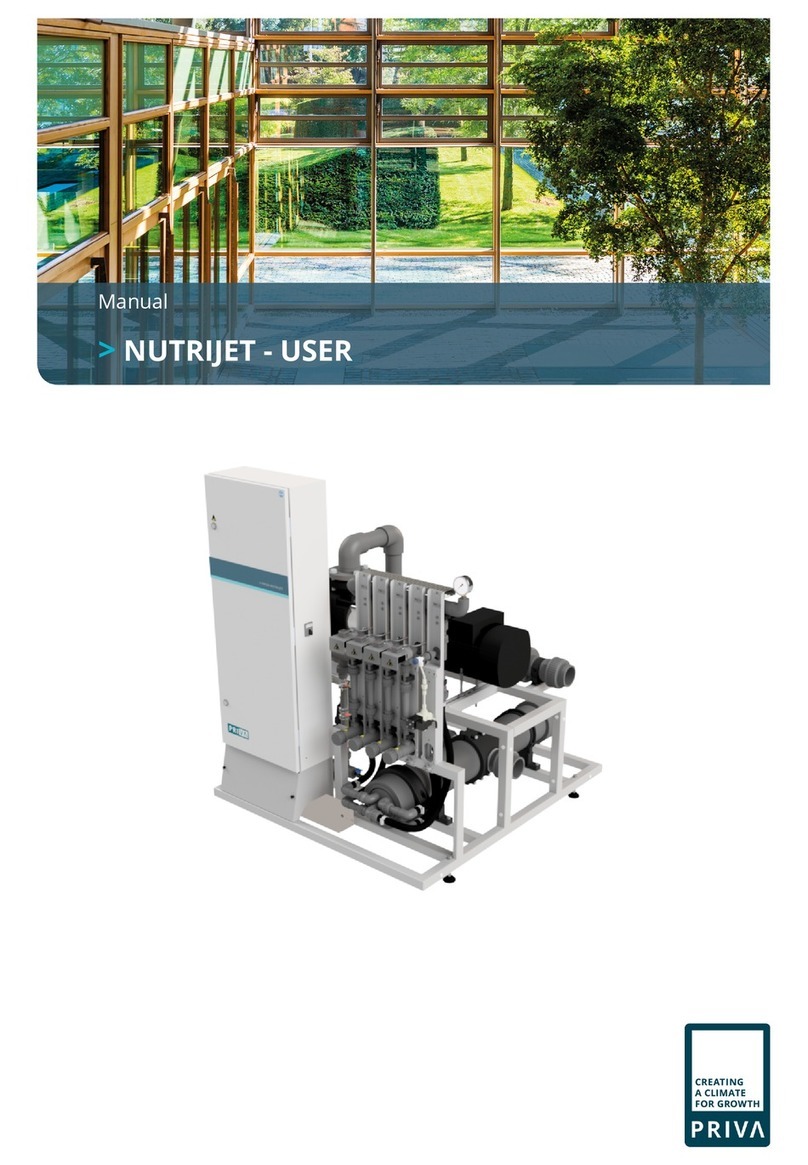Spartan 87301 User manual


PREFACE
GENERAL COMMENTS
Congratulations on the purchase of your new SPARTAN EQUIPMENT product! This
product was carefully designed and manufactured to give you many years of dependable service.
Only minor maintenance (such as cleaning and lubricating) is required to keep it in top working
condition. Be sure to observe all maintenance procedures and safety precautions in this manual
and on any safety decals located on the product and on any equipment on which the attachment
is mounted.
This manual has been designed to help you do a better, safer job. Read this manual
carefully and become familiar with its contents.
WARNING!
Never let anyone operate this unit without reading the "Safety Precautions"
and "Operating Instructions" sections of this manual.
Always choose hard, level ground to park the vehicle on and set the brake so
the unit cannot roll.
Unless noted otherwise, right and left sides are determined from the operator's control
position when facing the attachment.
NOTE: The illustrations and data used in this manual were current (according to the
information available to us) at the time of printing, however, we reserve the right to redesign
and change the attachment as may be necessary without notification.
BEFORE OPERATION
The primary responsibility for safety with this equipment falls to the operator. Make sure
the equipment is operated only by trained individuals that have read and understand this
manual. If there is any portion of this manual or function you do not understand, contact your
local authorized dealer or the manufacturer.
SAFETY ALERT SYMBOL
This is the "Safety Alert Symbol" used by this industry. This symbol is used to warn
of possible injury. Be sure to read all warnings carefully. They are included for your
safety and for the safety of others working with you.
SERVICE
When servicing your product, remember to use only manufacturer replacement parts.
Substitute parts may not meet the standards required for safe, dependable operation.
To facilitate parts ordering, record the model and serial number of your unit in the space
provided on the cover of this manual. This information may be obtained from the identification
plate located on the product.
The parts department needs this information to insure that you receive the correct parts for
your specific model.
10344 8-20-05


SAFETY STATEMENTS
THIS SYMBOL BY ITSELF OR WITH A WARNING WORD THROUGHOUT THIS MAN-
UAL IS USED TO CALL YOUR ATTENTION TO INSTRUCTIONS INVOLVING YOUR
PERSONAL SAFETY OR THE SAFETY OF OTHERS. FAILURE TO FOLLOW THESE
INSTRUCTIONS CAN RESULT IN INJURY OR DEATH.
THIS SIGNAL WORD IS USED WHERE SERIOUS INJURY OR DEATH WILL
RESULT IF THE INSTRUCTIONS ARE NOT FOLLOWED PROPERLY.
WARNING!
THIS SIGNAL WORD IS USED WHERE SERIOUS INJURY OR DEATH COULD
RESULT IF THE INSTRUCTIONS ARE NOT FOLLOWED PROPERLY.
THIS SIGNAL WORD IS USED WHERE MINOR INJURY COULD RESULT IF
THE INSTRUCTIONS ARE NOT FOLLOWED PROPERLY.
NOTICE INDICATES A PROPERTY DAMAGE MESSAGE.
GENERAL SAFETY PRECAUTIONS
READ MANUAL PRIOR TO INSTALLATION
Improper installation, operation, or maintenance of this equipment could result in serious
injury or death. Operators and maintenance personnel should read this manual, as well
as all manuals related to this equipment and the prime mover thoroughly before
beginning installation, operation, or maintenance. FOLLOW ALL SAFETY
INSTRUCTIONS IN THIS MANUAL AND THE PRIME MOVER'S MANUAL(S).
READ AND UNDERSTAND ALL SAFETY STATEMENTS
Read all safety decals and safety statements in all manuals prior to operating or working
on this equipment. Know and obey all OSHA regulations, local laws, and other
professional guidelines for your operation. Know and follow good work practices when
assembling, maintaining, repairing, mounting, removing, or operating this equipment.
KNOW YOUR EQUIPMENT
Know your equipment's capabilities, dimensions, and operations before operating.
Visually inspect your equipment before you start, and never operate equipment that is
not in proper working order with all safety devices intact. Check all hardware to ensure
it is tight. Make certain that all locking pins, latches, and connection devices are
properly installed and secured. Remove and replace any damaged, fatigued, or
excessively worn parts. Make certain all safety decals are in place and are legible.
Keep decals clean, and replace them if they become worn or hard to read.
10338 8-16-05
DANGER
WARNING
CAUTION
NOTICE

1.
WARNING!
WARNING!
WARNING!
GENERAL SAFETY PRECAUTIONS
PROTECT AGAINST FLYING DEBRIS
Always wear proper safety glasses, goggles, or a face shield when driving pins in or
out, or when any operation causes dust, flying debris, or any other hazardous material.
LOWER OR SUPPORT RAISED EQUIPMENT
Do not work under raised booms without supporting them. Do not use support material
made of concrete blocks, logs, buckets, barrels, or any other material that could
suddenly collapse or shift positions. Make sure support material is solid, not decayed,
warped, twisted, or tapered. Lower booms to ground level or on blocks. Lower booms
and attachments to the ground before leaving the cab or operator's station.
USE CARE WITH HYDRAULIC FLUID PRESSURE
Hydraulic fluid under pressure can penetrate the skin and cause serious injury or
death. Hydraulic leaks under pressure may not be visible. Before connecting or dis-
connecting hydraulic hoses, read your prime mover's operator's manual for detailed
instructions on connecting and disconnecting hydraulic hoses or fittings.
Keep unprotected body parts, such as face, eyes, and arms as far away as
possible from a suspected leak. Flesh injected with hydraulic fluid may develop
gangrene or other permanent disabilities.
If injured by injected fluid, see a doctor at once. If your doctor is not familiar with
this type of injury, ask him to research it immediately to determine proper treat-
ment.
Wear safety glasses, protective clothing, and use a piece of cardboard or wood
when searching for hydraulic leaks. DO NOT USE YOUR HANDS!
SEE ILLUSTRATION.
CARDBOARD
HYDRAULIC HOSE
OR FITTING
MAGNIFYING GLASS
10339 8-16-05

WARNING!
WARNING!
GENERAL SAFETY PRECAUTIONS
DO NOT MODIFY MACHINE OR ATTACHMENTS
Modifications may weaken the integrity of the attachment and may impair the function,
safety, life, and performance of the attachment. When making repairs, use only the
manufacturer's genuine parts, following authorized instructions. Other parts may be
substandard in fit and quality. Never modify any ROPS (Roll Over Protection Structure)
or FOPS (Falling Object Protective Structure) equipment or device. Any modifications
must be authorized in writing by the manufacturer.
SAFELY MAINTAIN AND REPAIR EQUIPMENT
Do not wear loose clothing or any accessories that can catch in moving parts. If you
have long hair, cover or secure it so that it does not become entangled in the
equipment.
Work on a level surface in a well-lit area.
Use properly grounded electrical outlets and tools.
Use the correct tools for the job at hand. Make sure they are in good condition for the
task required.
Wear the protective equipment specified by the tool manufacturer.
SAFELY OPERATE EQUIPMENT
Do not operate equipment until you are completely trained by a qualified operator in
how to use the controls, know its capabilities, dimensions, and all safety requirements.
See your machine's manual for these instructions.
Keep all step plates, grab bars, pedals, and controls free of dirt, grease, debris,
and oil.
Never allow anyone to be around the equipment when it is operating.
Do not allow riders on the attachment or the prime mover.
Do not operate the equipment from anywhere other than the correct operator's
position.
Never leave equipment unattended with the engine running, or with this attach-
ment in a raised position.
Do not alter or remove any safety feature from the prime mover or this attach-
ment.
Know your work site safety rules as well as traffic rules and flow. When in doubt on
any safety issue, contact your supervisor or safety coordinator for an explanation.
10340 8-16-05

INSTALLATION AND OPERATION
GENERAL INFORMATION
The SPARTAN EQUIPMENT tilt attach installs onto the toolbar/quick-attach mechanism of your
skid steer loader and also attaches to your attachment in the same fashion as a universal quick attach.
Due to this arrangement, thorough knowledge of the skid steer controls is necessary for machine
operation. Read and understand your skid steer operator's manual instructions for attaching and
detaching an attachment.
INSTALLATION INSTRUCTIONS
2. Remove the shipping banding from around the tilt attach and skid.
3. Remove any attachments from the front of the loader.
4. Following all standard safety practices and the instructions for installing an attachment in your
skid steer operator's manual, install the tilt attach onto your skid steer.
NOTE: It is important to make sure the locking mechanism on your quick attach is en-
gaged, therefore locking the tilt attach onto the skid steer.
4. Lower the loader arms to the ground and remove the key.
5. Relieve any pressure from the auxiliary hydraulic system and install your hose kit to the elbows
on the top of the tilt attach and to the loader auxiliary hydraulics. If operating an attachment
(such as a bucket) that does not require hydraulics your tilt attach is ready to accept the
attachment.
6. Install the desired attachment to your tilt attach following the attachment manuals rec-
ommendations.
WARNING! ALWAYS CHECK LOCKING MECHANISM (PINS) BEFORE TILTING OR OP-
ERATING ANY ATTACHMENT.
If installing an attachment to your tilt attach that requires auxiliary hydraulics install one of the valve
kit packages.
2.
POSTMASTER VALVE INSTALLATION (Refer to the diagram and parts list in the back of
instructions.)
1. Install valve mounting bracket to the top of the tilt attach using the .38" hardware supplied.
Secure the valve #2243 to the bracket using the .31" hardware supplied and install the hose
loop to the side of the tilt attach by removing one of the .50" X 1.00"
capscrews from the left side and replacing with the 1.25" capscrew supplied.
Install elbows #3430 to the existing elbows on the tilt attach followed by the 45° end of
the 16.5" hose and the 21" hose. Install straight adapters #62208 to the middle ports of
the valve and connect the 90° ends of the hoses coming from the tilt attach.
Install elbows #3283 to the right side ports in the valve and straight adapters #3324 to the left
ports of the valve.
Remove the power and return hoses from the postmaster and install them into the straight
adapters installed in step #8. Route hoses through the hose loop and up to the
auxiliary hydraulics on the loader.
11066
7-24-08-2
3.
4.

INSTALLATION AND OPERATION
5. Install the two 30" hoses to the remaining elbows in the valve followed by the two #3133
elbows. Connect these to the post master in the same location the power and return hoses
were removed. Check all connections for leaks.
PD4800 POST DRIVER VALVE INSTALLATION (Refer to the diagram and parts list in the
back of instructions.)
1. Install valve mounting bracket to the top of the tilt attach using the .38" hardware sup-
plied. Secure the valve #2243 to the bracket using the .31" hardware supplied and install
the hose loop to the side of the tilt attach by removing one of the .50" X 1.00" capscrews
from the left side and replacing with the 1.25" capscrew supplied.
2. Install elbows #3430 to the existing elbows on the tilt attach followed by the 45° end of the
16.5" hose and the 21" hose. Install straight adapters #62208 to the middle ports of the
valve and connect the 90° ends of the hoses coming from the tilt attach.
3. Install straight connectors #30298 and #30289 to the right side ports in the valve followed
by one set of couplers, and straight adapters #3270 to the left ports of the valve.
4. Connect the power and return hoses from the post driver to the couplers installed in Step
#3. Connect the 80" long hoses #35379 to the connectors on the left ports of the valve
followed by the remaining couplers. Route hoses through the hose loop and up to the
auxiliary hydraulics on the loader. Check all connections for leaks.
UNIVERSAL VALVE INSTALLATION (Refer to the diagram and parts list in the back of
instructions.)
1. Install valve mounting bracket to the top of the tilt attach using the .38" hardware sup-
plied. Secure the valve #2243 to the bracket using the .31" hardware supplied and install
the hose loop to the side of the tilt attach by removing one of the .50" X 1.00" capscrews
from the left side and replacing with the 1.25" capscrew supplied.
2. Install the 45° end of the 16.5" hose and the 21" hose to the elbows on the tilt attach. Install
straight adapters #62208 to the middle ports of the valve and connect the 90° ends of the
hoses coming from the tilt attach.
3. Install elbows #3283 to the right side ports in the valve.
4. Connect the electrical wiring on the diverter valve to the auxiliary electrical connector on
the skid steer loader or to the optional Spartan Equipment control box.
NOTE: The hoses going to the attachment will attach to right side ports of the valve. Attach
hoses going to the loader auxiliary hydraulics to the left side ports of the diverter valve.
Work with your local dealer to obtain appropriate hoses necessary to complete the
hydraulic circuit for the desired attachment hook-up.
WARNING! ALWAYS CHECK LOCKING MECHANISM (PINS) BEFORE TILTING OR OP-
ERATING ANY ATTACHMENT.
11067 7 -24-08-2

5.
MAINTENANCE
&
SERVICE
GENERAL INFORMATION
Regular maintenance is the key to long equipment life and safe operation. Maintenance
requirements have been reduced to the absolute minimum. However, it is very important that
these maintenance functions be performed as described below.
DAILY
Check all bolts and nuts for tightness.
Replace any missing bolts or nuts with approved replacement parts.
Check hydraulic system for hydraulic oil leaks. See procedure below.
Visually inspect the machine for worn parts or cracked welds, and repair
as necessary.
EVERY 40 HOURS
Lubricate all grease fittings.
WARNING!
Escaping fluid under pressure can have sufficient force to penetrate the skin,
causing serious personal injury. Fluid escaping from a very small hole can be
almost invisible. Use a piece of cardboard or wood, rather than hands, to
search for suspected leaks.
Keep unprotected body parts, such as face, eyes, and arms as far away as
possible from a suspected leak. Flesh injected with hydraulic fluid may
develop gangrene or other permanent disabilities.
If injured by injected fluid, see a doctor at once. If your doctor is not familiar
with this type of injury, ask him to research it immediately to determine proper
treatment.
CARDBOARD
MAGNIFYING GLASS
HYDRAULIC HOSE
OR FITTING
IMPORTANT: When replacing parts, use only factory approved replacement parts. Manu-
facturer will not claim responsibility for use of unapproved parts or accessories, and/or other
damages as a result of their use.
8921 4-2-07-3-2

6.
7.8.9.
MAINTENANCE AND SERVICE
CYLINDER SEAL REPLACEMENT
The following information is provided to assist you in the event you should need to repair or rebuild a hydraulic
cylinder. When working on hydraulic cylinders, make sure that the work area and tools are clean and free of dirt to
prevent contamination of the hydraulic system and damage to the hydraulic cylinders. Always protect the active part of
the cylinder rod (the chrome section). Nicks or scratches on the surface of the rod could result in cylinder failure. Clean
all parts thoroughly with a cleaning solvent before reassembly.
DISASSEMBLY PROCEDURE
IMPORTANT: Do not contact the active surface of the cylinder rod with the vise. Damage to the rod could
result.
3. Remove the hex nut, piston, flat washer or spacer tube (if so equipped), and gland from the cylinder rod. If the
cylinder rod is rusty, scratched, or bent, it must be replaced.
4. Remove and discard all the old seals.
ASSEMBLY PROCEDURE
IMPORTANT: Replace all seals even if they do not appear to be damaged. Failure to replace all seals may result
in premature cylinder failure. NOTE: Seal kits will service most cylinders of similar bore size and rod diameter.
1. Install the cylinder rod seal in the gland first. Be careful not to damage the seal in the process, as it is
somewhat difficult to install.
NOTE: A special installation tool (Part #65349) is available to help with installing the seal. Simply fit the end of the tool
over the seal so that the large prong of the tool is on the outside of the seal, and the two smaller prongs on the inside.
The lip of the seal should be facing towards the tool. Rotate the handles on the tool around to wrap the seal around the
end of the tool.
1 0356 10-13-05
THREADED TYPE GLAND
1. Rotate the gland with a spanner wrench counterclockwise until the gland is free of the cylinder tube.
2. Pull the cylinder rod from the cylinder tube and inspect the piston and the bore of the cylinder tube for
deep scratches or galling. If damaged, the piston AND the cylinder tube must be replaced.


10.
11.
MAINTENANCE AND SERVICE
Now insert the seal into the gland from the inner end. Position the seal in
its groove, and release and remove the tool. Press the seal into its seat the
rest of the way by hand.
2. Install the new piston ring, rod wiper, O-rings and backup washers, if ap-
plicable, on the piston.
Be careful not to damage the seals. Caution must be used when installing
the piston ring. The ring must be stretched carefully over the piston with a
smooth, round, pointed tool.
3.
After installing the rod seal inside the gland, as shown in step #1, install
the external seal.
NOTE: Threaded glands may have been equipped with a separate O-ring and
backup washer system or a polypak (all in one) type seal. Current seal kits contain a
polypak (all in one) type seal to replace the discarded seal types on ALL
THREADED GLANDS.
4. Slide the gland onto the cylinder rod, being careful not to damage the rod
wiper. Then install the spacer, or flat washer (if so equipped), small o-ring,
piston, and hex nut onto the end of the cylinder rod.
5.
Secure the cylinder rod (mounting end) in a vise with a support at its
center. Torque the nut to the amount shown for the thread diameter of the
cylinder rod (see chart).
IMPORTANT: Do not contact the active surface of the cylinder rod with the
vise. Damage to the rod could result.
6. Apply a lubricant (such as Lubriplate #105) to the piston and teflon ring. Insert the cylinder rod assembly into
the cylinder tube.
IMPORTANT: Ensure that the piston ring fits squarely into the cylinder tube and piston groove, otherwise the
ring may be damaged and a leak will occur.
7. Use a spanner wrench to rotate the gland clockwise into the cylinder. Continue to rotate the gland with the
spanner wrench until it is tight.
WARNING!
Cylinders serviced in the field are to be tested for leakage prior to the attachment being placed
in work. Failure to test rebuilt cylinders could result in damage to the cylinder and/or the
attachment, cause severe personal injury or even death.
10357 10-13-05

BOLT TORQUE
BOLT TORQUE SPECIFICATIONS
GENERAL TORQUE SPECIFICATION TABLE
Use the following torques when special torques are not given. These values apply to fasteners as received
from suppliers, dry, or when lubricated with normal engine oil. They do not apply if special graphited or moly disulphide
greases or other extreme pressure lubricants are used. This applies to both UNF and UNC threads. Remember to
always use grade five or better when replacing bolts.
IMPORTANT: On all PLATED GRADE 8 bolts, reduce torque 15 from listed bolt torque specification.
10360 6-8-95-2

12.
MOUNTING KIT INSTALLATION
HEAVY DUTY TILT ATTACH ASSEMBLY #17446
1
6
41
43
9318 1-14-08-2


13.
7866 1-14-08-3
MOUNTING KIT INSTALLATION
TILT ATTACH ASSEMBLY #87301


14.
CYLINDER ASSEMBLY
ASSEMBLY #87332
11064 1-14-08

CYLINDER ASSEMBLY
ASSEMBLY #87332
NOTE: Seal Kit #45617 includes all parts marked with an asterisk (*). Parts are not sold
separately.
11065 1-14-08
This manual suits for next models
4
Table of contents
Other Spartan Industrial Equipment manuals

